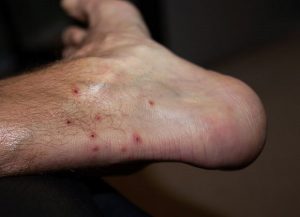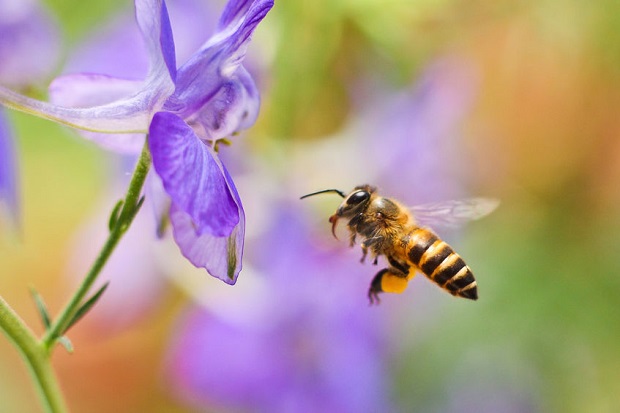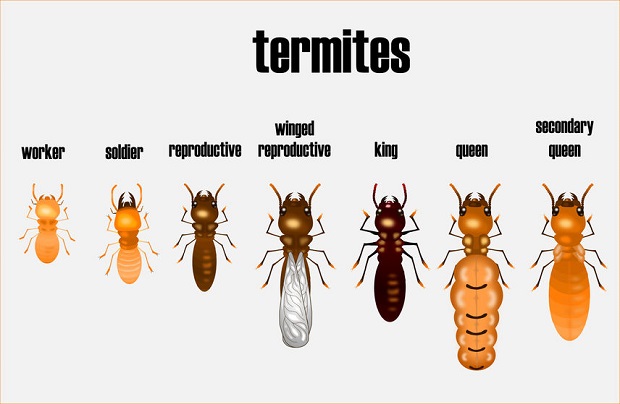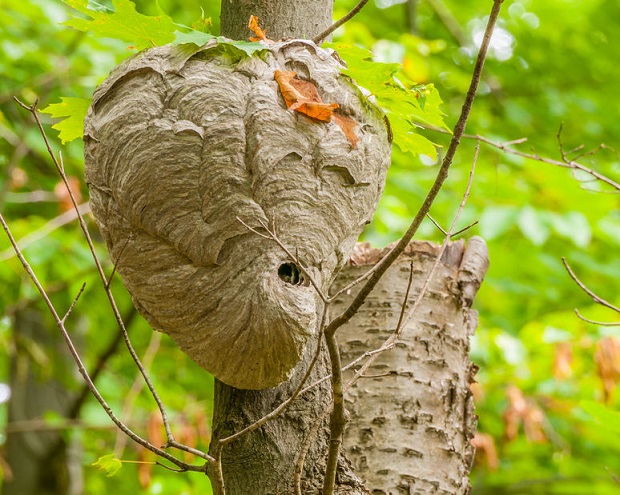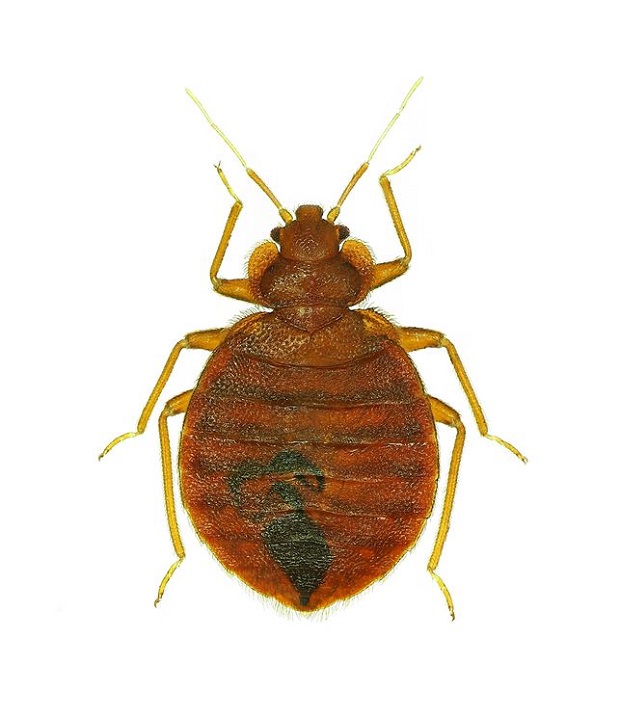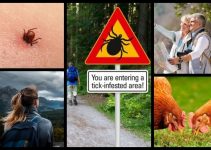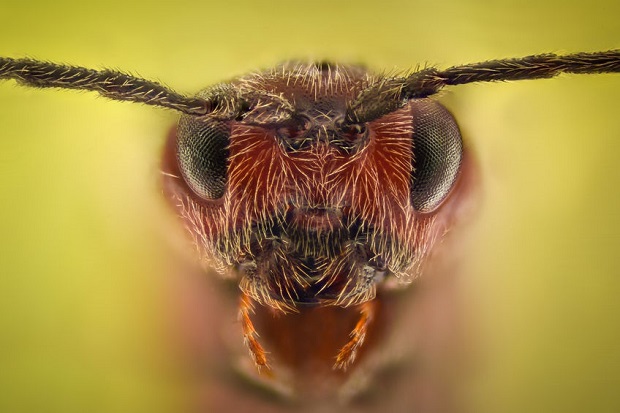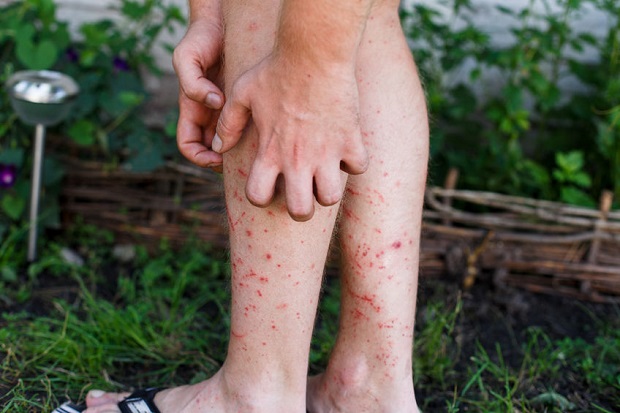
What Do Chigger Bites Look Like?
Chigger bites are red welts often mistaken for mosquito bites, bed bug bites, and flea bites. They can be flat or raised and are often hard. They can also look like a tiny blister or pimple. Here’s how to tell if you are dealing with chigger bites or something else entirely.
Chigger Bite Images
What Chigger Bites Look Like – Identification
It can be difficult to distinguish between the different bites of small insects and mites, even for medical professionals. In addition to the fact that the appearance of many tiny bites is similar, people react differently to bites, so chigger bites on one person may look different on another. Also, the appearance of the bite site will depend on how long the chigger was feeding.
Several distinguishing chigger bite characteristics can help identify what kind of bites you are dealing with.
Chiggers Bite in Clusters
Just like a tick that hides in vegetation waiting for its prey to brush by, chiggers also latch on to anything close enough to drop on. Unlike the tick, chiggers congregate in clusters that latch on to their prey as a group. Therefore, it is rare to experience only one or two chigger bites. They are usually found in clusters on the body. ((Santibáñez, Paula, et.al. “The role of Chiggers as Human Pathogens.” An Overview of Tropical Diseases.))
Also bites in clusters: fleas, bedbugs.
Chiggers Seek Out Protected Areas with Thin Skin
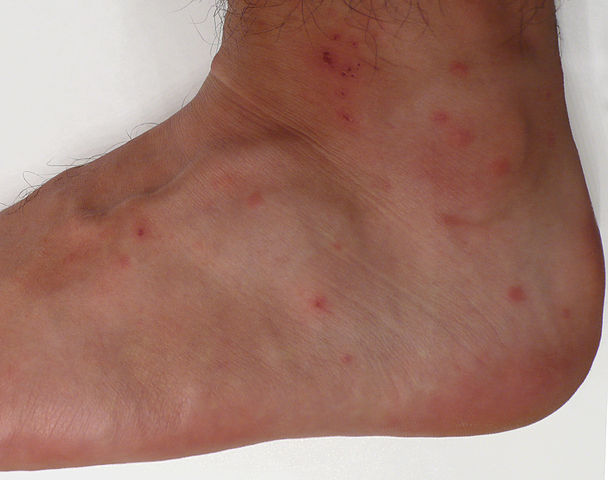
If you have a cluster of bites in the folds of skin, groin, backs of knees, or armpits, you are likely dealing with chigger bites.
Unlike the mosquito that will bite any exposed area, once chiggers have found a suitable host, they will explore for hours in search of a protected area to feed undisturbed that has skin thin enough to penetrate. ((“Chiggers.” Texas A&M Agrilife Extension.))
Also seeks out protected areas: Ticks.
Chiggers Bites are Randomly Arranged
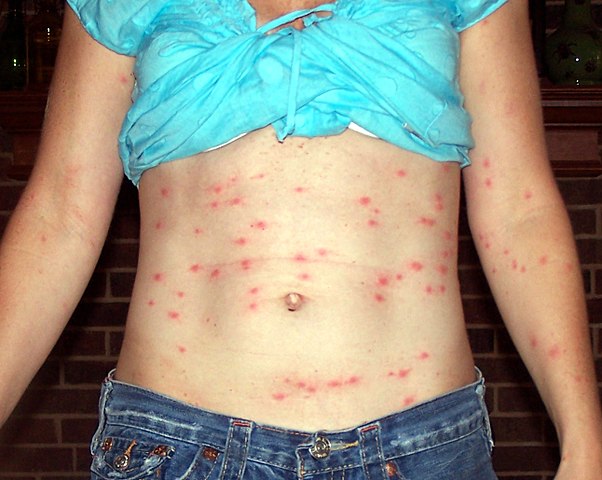
Photo Courtesy: Slturis
Creative Commons
Chiggers bite in clusters but are often randomly arranged instead of bedbugs that tend to bite in rows. ((“Bedbug Bites.” WebMD.))
Chiggers Bite Along Restricted Clothing Lines
If you find a cluster of bites in the area of restricted clothing, you are likely dealing with chiggers.
As mentioned above, chiggers explore their host until they find a suitable protected area with thin skin. That is unless they hit a barrier that prevents them from moving further, such as a tight waistline or bra-line. This is where they will stop to feed.
This negates the identification of the randomly ordered cluster above. When they feed on an area such as a waistline, the bites are often along the border, causing them to appear linear. ((Lucas, Alexander. “Chigger Bites.” StatPearls. National Center for Biotechnology Information.))
Chigger Bites Often Present with a Red Dot

Photo: Kambrose123 | Creative Commons
Chigger bites often have a tiny red dot at the center, which many mistake for the chigger itself.
Once a chigger finds a suitable spot on the host to feed, it will bite with its piercing mouthparts called chelicera and inject a fluid that dissolves skin cells and lymph, which they will feed upon. ((“Chiggers.” The University of Florida Extension.)) The body’s immune system reaction hardens the wall of the site creating a tiny funnel-like structure in the skin called a stylostome, which is the cause of the intense itching. ((“As chiggers get thicker, it’s no time to snicker, entomologist says.” Purdue University.)) The little red dot at the center of a chigger bite is this stylostome.
Bites also contain a red dot: Fleas
Healing Chigger Bites Often Have White “Caps”
The fluid inside of a chigger bite will continue to ooze every time it is scratched until it heals. This fluid often solidifies, creating a “cap” on top of the bite site, unique to chigger bites. ((“Chiggers.” The University of Missouri Extension.))
